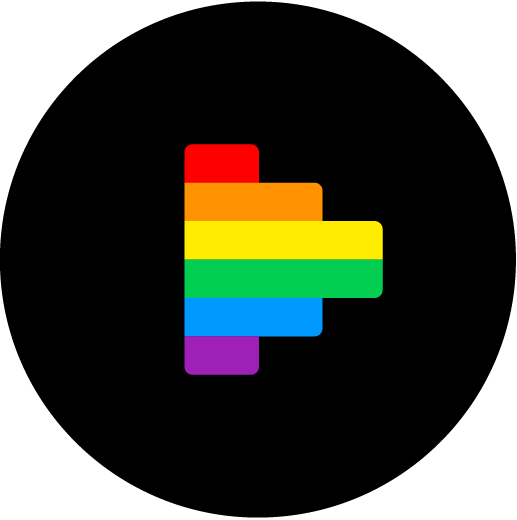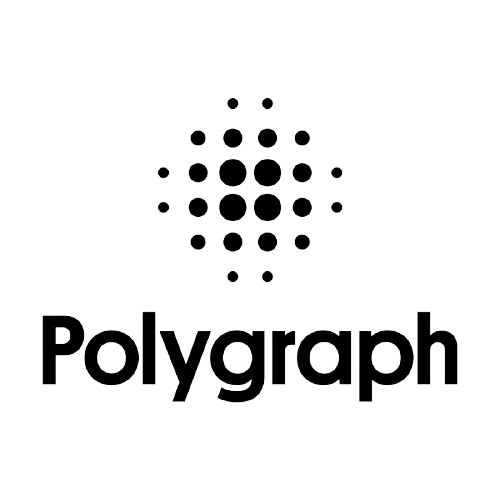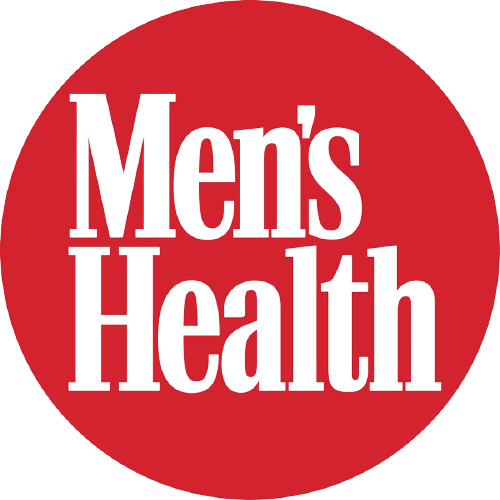LGBTQIA+ GLOSSARY
LGBTQIA+ GLOSSARY
Words, just like the people they describe, can be imperfect, incomplete, and complicated. They can be messy AF. But, when wielded correctly, they can also help us define ourselves, understand the world around us, and find our chosen family.
That’s why it’s important to understand the origin, evolution, and current usage of words before you add them to your vocab. We built the LGBTQIA+ Language and Media Literacy Program to be more than a glossary, though at its simplest, it can function that way. It’s a way to understand the LGBTQIA+ community, and hopefully, it will transform the way journalists — and all of us — write and talk about LGBTQIA+ people.
This glossary is meant to be a living, evolving, and adapting resource, just like the 100 terms we’ve included. Using Google Trends searches, we can start to understand how the words in this dictionary fall in and out of the popular lexicon.
We can see waning search popularity for older and sometimes offensive terms like “homosexual” and “transsexual” and increased search for a growing spectrum of sexual and gender identities like “asexual” and “non-binary.”
We can see opposite trends in searches for “in the closet” and “coming out.” LGBTQIA+ people are not new, but increasingly they are beginning to feel safe about living authentically. According to a recent Gallup poll, “One in six adults in Generation Z identifies as LGBT.”
We can see how searches for “queer” dipped as the term transformed from a derogatory word weaponized by bullies, the police, and even the government, to a term that’s being reclaimed by the LGBTQIA+ community to unite and empower.
And we can see how terms that originated in LGBTQIA+ spaces like “throwing shade” have been adopted (and even sometimes misappropriated) into mainstream pop culture.
Thanks to the efforts of queer and trans people on the forefront of the liberation movement, things are better now than they have ever been — but they are still fragile. We hope this glossary helps people use LGBTQIA+ terminology respectfully and accurately. The LGBTQIA+ community needs us to show up (and search) more than just during “pride” month.
Disclaimer
Though the researchers involved with this project do identify as queer and have personal experience with many of these terms, our approach reflects our individual education and training as queer linguists and researchers. The definitions provided here are meant to serve as starting points, as identity terms are intensely personal. We prioritized community voices and resources as we researched, but we present this glossary with the expectation that others will have different experiences and understandings of these terms. We do our best to provide the current and historical usages for each term and, where possible, the origins. We also provide links to further resources in many of the entries.
A warning of sorts: this glossary does contain some words that are considered offensive and/or appropriative in certain contexts.
While it's not our goal here to tell people what language they are or are not allowed to use, please pay attention to the historical, social, and community contexts of these words. Some words, especially those that have been (or are currently being) reclaimed by members of the LGBTQIA+ community, are considered offensive in many (if not most) contexts. Many of the included terms also originated from and are still used by communities that continue to be marginalized within LGBTQIA+ spaces. These terms often carry with them elements and experiences of identity, oppression, and resistance that may make it inappropriate for them to be used by those in more privileged social positions. Please keep these things in mind while reading and feel empowered to do further research to learn more.



